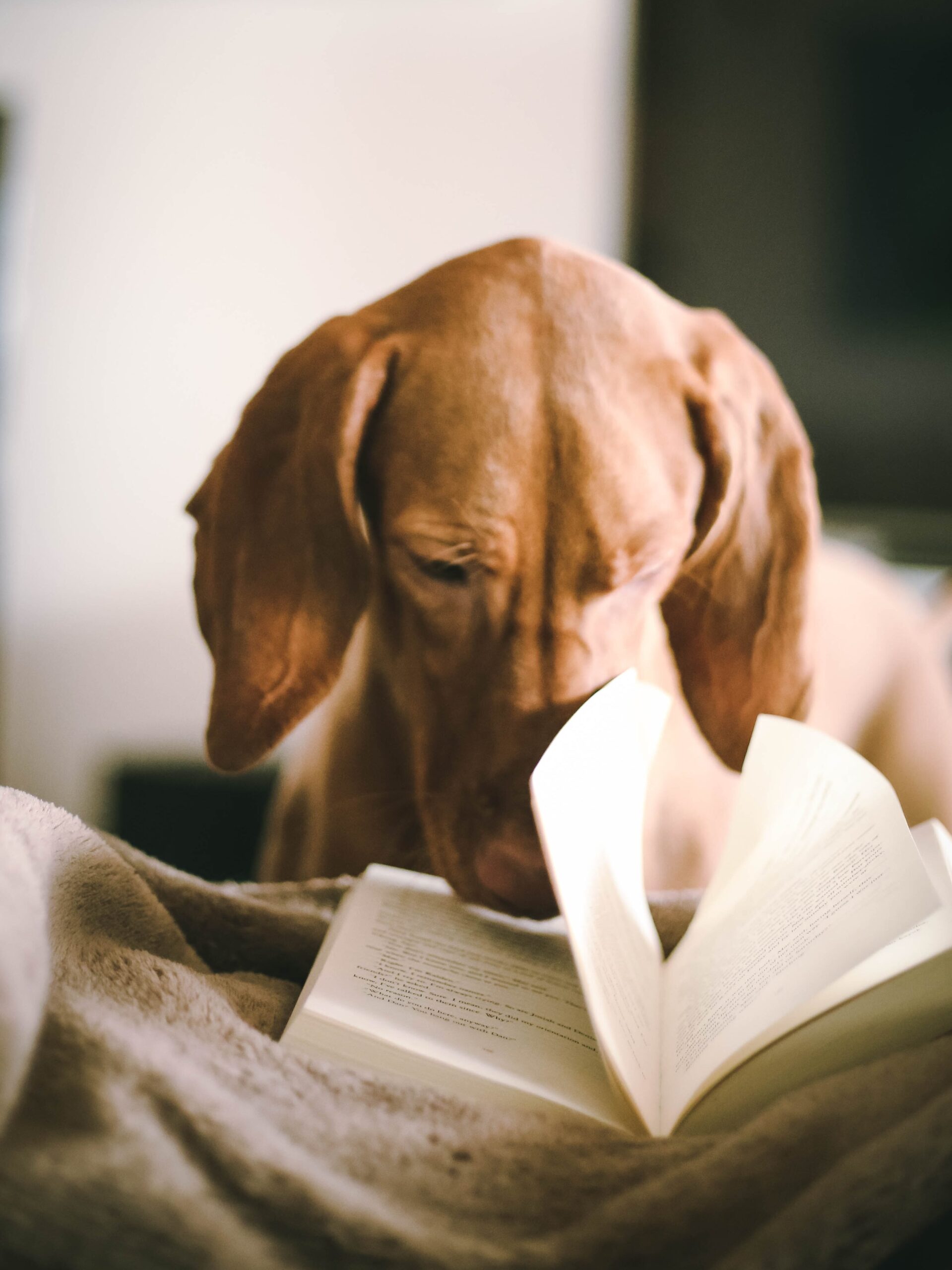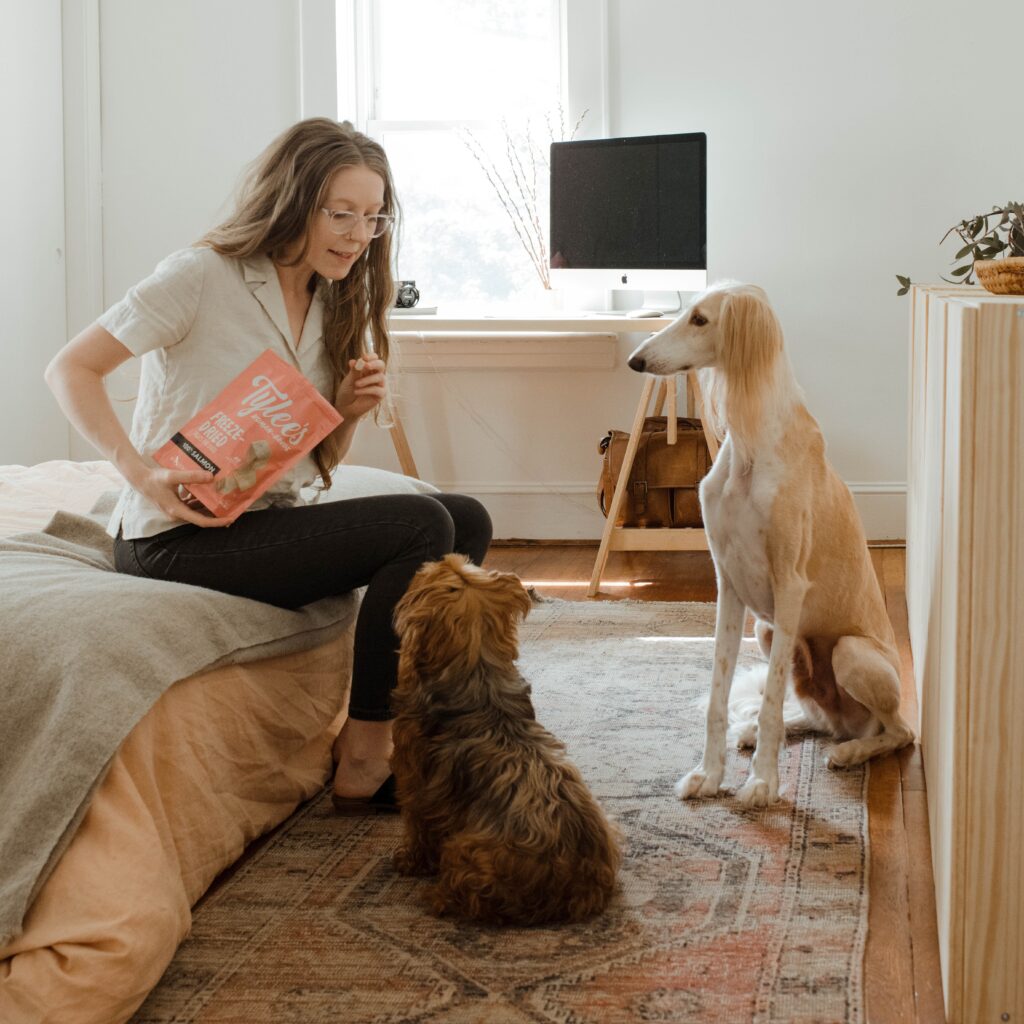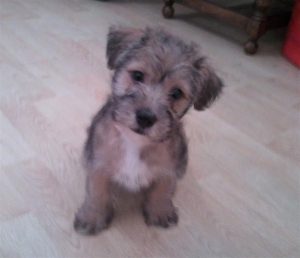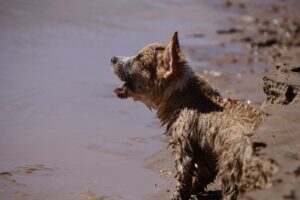Need help with Reactive Dog Behaviour? Join my FREE Facebook support group...
How long does dog training take?
I’m often asked how long does dog training take! This is a great question but it’s almost impossible to answer with any certainty, and here’s why…
Other factors…
So many things can affect the outcome of a dog training session. On a bad day you might feel you’ve achieved nothing. But, on a good day you’ll have conquered the world! The dog training progress doesn’t follow a straight line. It can be railroaded by our mood, how much caffeine you have (or haven’t) had, your dogs mood, the weather, how much time you have, other dogs, people, your patience levels, whether he needs a pee, a drink… the list goes on forever. No two days are the same so your results won’t be either.
When you have a bad training day you’ll take a step backwards. But, when you have a good day you’ll more than make up for it.
Fill your dogs behaviour cup!
Think of the dog training process like an empty cup that needs to be filled with rewarding training experiences.
Every dogs behaviour is represented by a different size of cup. If the unwanted behaviour is quite ingrained, or the dog is over 3, or in poor health, then imagine a bigger cup. If it’s a recent behaviour change, or the dog is young and healthy, then you can have a smaller cup.
Every time you spend quality time working on a behaviour, your cup will start filling up! But, if you can’t be bothered, or someone else does something different, then you’ll undo a little of your hard work and your cup will empty out a little. This forwards and backwards is very normal by the way! The trick is knowing that it’s happening and knowing that every time you empty your cup you’ll have to work harder to top it back up again.
It’s better to avoid, than do a bad job!
If you avoid the situation altogether, and do nothing at all, then nothing changes! So, actually, it’s better to do nothing at all and avoid a situation than to do a bad job.

However, if you quit training completely and just carry on as normal, your cup could start to grow, and next time it will be a little harder – but never impossible! This is especially true when you have been working on attention seeking behaviours. The best way to stop your dog from attention seeking is to ignore it. When he realises the behaviour no longer works to achieve his aims he’ll stop doing it. However, if you quit part way through a session, he’ll learn that he just has to try harder and keep his efforts up for longer. This is a worse situation than you were in before. Don’t let this put you off though, just understand that’s what has happened, adjust your expectations, and try again!
Forming Habits
Just because your dog can do something most of the time, it doesn’t mean his cup is full. You’re not even close. But when he has a basic idea of what you want he will be in the habit forming phase!
When you start the training process with your dog you’ll begin by doing all the work yourself! You’ll be using leads, treats, your body language, or whatever, to guide and mould your dogs new behaviour. Once he starts to get the idea, the amount of work you do will lessen, and the amount of work your dog does will increase. Then one day, it’ll feel like you are doing hardly any work at all.
On this glorious day, it might be tempting to think you have done enough; he has cracked it, your cup is full and your work is done!
Don’t stop now!
I wish that were true, but actually this is only the first the day that a new habit starts to form. Your body language, the way you hold the lead, or whatever you did to achieve the new behaviour originally is still important. So, think back to the start and remind yourself of the work you did and re-energize your training.
If you don’t, your dog will notice that you have stopped. He’ll start to relax too, and before you know it you’ll both be back to square one, and wondering what went wrong.
At this stage your cup is only half full! It takes 30 days to form a habit, so you’ve only got to keep this up now for another month. It’ll fly by if you work hard, and then you really can relax.
When your cup is full, the new behaviour has been fully learned! Now you can you start to pull back and relax! This is the time to start weaning your dog off whatever rewards you are using and start focussing on something else!

What can you do to speed things up?
So between the roller coaster of cup filling and emptying, bad days and good days, regulating your caffeine, and the influence of others, you can see how hard it could be to predict exactly how long dog training takes! Just knowing how you are influencing your progress can be a game changer though.
If you don’t get many opportunities to work on a behaviour, and fill your cup, things will take longer for you. This is especially a problem for people that are working on situations that don’t come up regularly.
Find ways to repeat your training
Introductions at the front door, for example. Covid has meant we are all out of the habit of meeting in each other houses. It’s not just affected training progress, it’s also part of the problem. A workaround might be to ask a volunteer to ring your doorbell over and over. Or you could get a doorbell that can be rung from inside the house. Most of the work happens before you open the door anyway so it won’t matter if there is no one there. Maybe your neighbours’ bored teenager would do it for a few quid for you one afternoon?
If your dog misbehaves at dinner time, you could re-create a meal with an old crust of bread on a plate. As a bonus, you’ll be more patient if it’s not your actual dinner going cold!
If you are working on separation anxiety, most of the work will be around leaving and returning. You could spend a weekend going in and out to the car, the shops, and chatting to all the neighbours, to get a head start!
If you can create opportunities to consistently work on a behaviour, you’ll make a fast start and be in the habit forming zone in no time. Otherwise, just relax and wait for opportunities to naturally arise, and know that it’ll take longer!
Need some help figuring out how to fill your dogs training cup the fastest?
Private Dog Behaviour Consultations are currently available in the Dundee area, and as far as Tayport and Longforgan. If you are looking for help with your dog then get in touch and we’ll have a chat about the best way I can help you!


